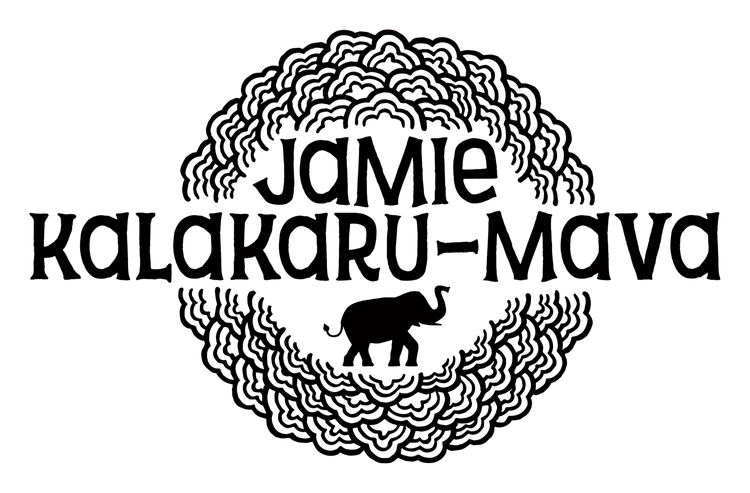Altered Esthetics’ second exhibit, Level_13, was co-curated with my friend Lucas Schulze. Both of us being enamored with 8-bit video games, we wanted to examine the concept of video-game-inspired art. We saw these games as having a significant impact on the creativity of the user. Unlike cartoon media and museum paintings of generations before us, video games were art you could play with.
Me & Lucas
With this exhibit, we sought to examine the impact video games made on an entire generation of players that were now taking on roles as graphic designers, web developers, and visual artists. The desire for interaction and connectivity, in addition to appreciation for the esthetic design of video games, were important things to come out of the “video game” generation.
We had fun with the installation and opening as well as the art. We covered the glass-block windows with construction paper to make Pac-Man ghosties and decorated the walls with vintage game screen captures. We cut out hundreds of space invaders, which we left at the sign-in table along with tape, and guests decorated the gallery throughout the opening, from floor to ceiling and everywhere in between.
No, this is not an image from an Atari box…. this is an actual photo from the opening reception!
We shifted furniture and created a living-room environment complete with an Atari 2600 that guests played during the opening. On the coffee table in the living room was my preschool photo—a wee me in a favorite sweater from my childhood.
The artwork was as fun as the theme, as you might expect. Jeff Wetzig crafted a printed work, Pac-Man with Wall-to-Wall Wonder Bread, an image of Pac-Man devouring toast instead of dots. We also had music throughout the evening, with DJ Fuckstorm creating sounds from a modified Game Boy system. The exhibition brochure was modeled after Intellivision game pamphlets, with artist information listed in it as though they were game characters. The exhibit was a blast to put together, as was the opening night.
Co-curating with Lucas was a tremendous gift. In addition to the great benefit of having a brilliant mind to brainstorm ideas with, he provided a very grounded perspective to my still-new role. We would go on to curate several exhibitions together over the course of the next few years, each one of them progressively more successful endeavors than I ever could have achieved alone.
The audience that night included somebody who would go own to start her own gallery, join our board, and become one of my regular comrades in the art community—Kate Iverson. Later that year Kate opened Density Studios up the road and organized a series of “Art on Quincy” events featuring our little area in the district. That night one of the artists participating in the exhibit, Mark Rieger, also introduced me to his friend Anthony Kephart—or Toneski. They would work together collaboratively as the duo Pop Vomit, producing pop-induced illustrations, collages, and art zines. Toneski would also eventually join our board—exemplifying Altered Esthetics’ desire to be a space run by artists, for artists.
This post is adapted from It’s Never Going To Work: A Tale of Art and Nonprofits in the Minneapolis Community with illustrations by Athena Currier. Post graphics by Jamie Schumacher. ©2018 Jamie Schumacher.
It’s Never Going To Work is a light-hearted, illustrated book that offers real-life insights on founding a community space and nonprofit. It provides tools, tips, resources, and camaraderie to community organizers and anybody attempting something new.






